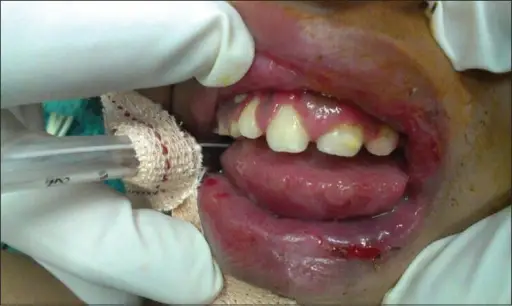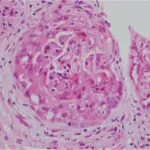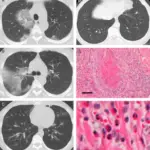Behcet disease is a form of vasculitis that is chronic, a relapsing-remitting disease characterized by urogenital, uveitis, and oral ulceration.
What is the Pathology of Behcet’s Disease?
The pathology of Behcet’s disease is:
-Etiology: The cause of behcet’s disease is not fully known but there is the involvement of the immune system where it starts to attack its cells.
-Genes involved: HLA-B51, HLA-B5.
-Pathogenesis: The sequence of events that lead to behcet’s disease is not fully understood bit like that cause there is an autoimmune involvement where the body attacks its cells.
-Morphology: NA.
-Histology: The histology associated with behcet’s disease depends on the type of lesion involved. It can show dense neutrophilic infiltration, perivascular lymphocytic infiltration, lymphocytes and macrophages, and also T-cell populations.
How does Behcet Disease Present?
Patients with Behcet’s disease typically males between 20-50 years old. The symptoms, features, and clinical findings associated with Behcet’s disease include oral lesions, ocular lesion, urogenital lesions, and cutaneous lesions.
How is Behcet Disease Diagnosed?
Behcet disease is diagnosed physical examination, chest x-ray, ESR, rheumatoid factor.
How is Behcet Disease Treated?
Behcet disease is treated according to the symptoms presented by intravenous immunosuppressants, corticosteroids, and anticoagulants in case of thrombosis.
What is the Prognosis of Behcet Disease?
The prognosis of behcet’s disease is fair due to its low mortality rate. There is however a risk of blindness.



